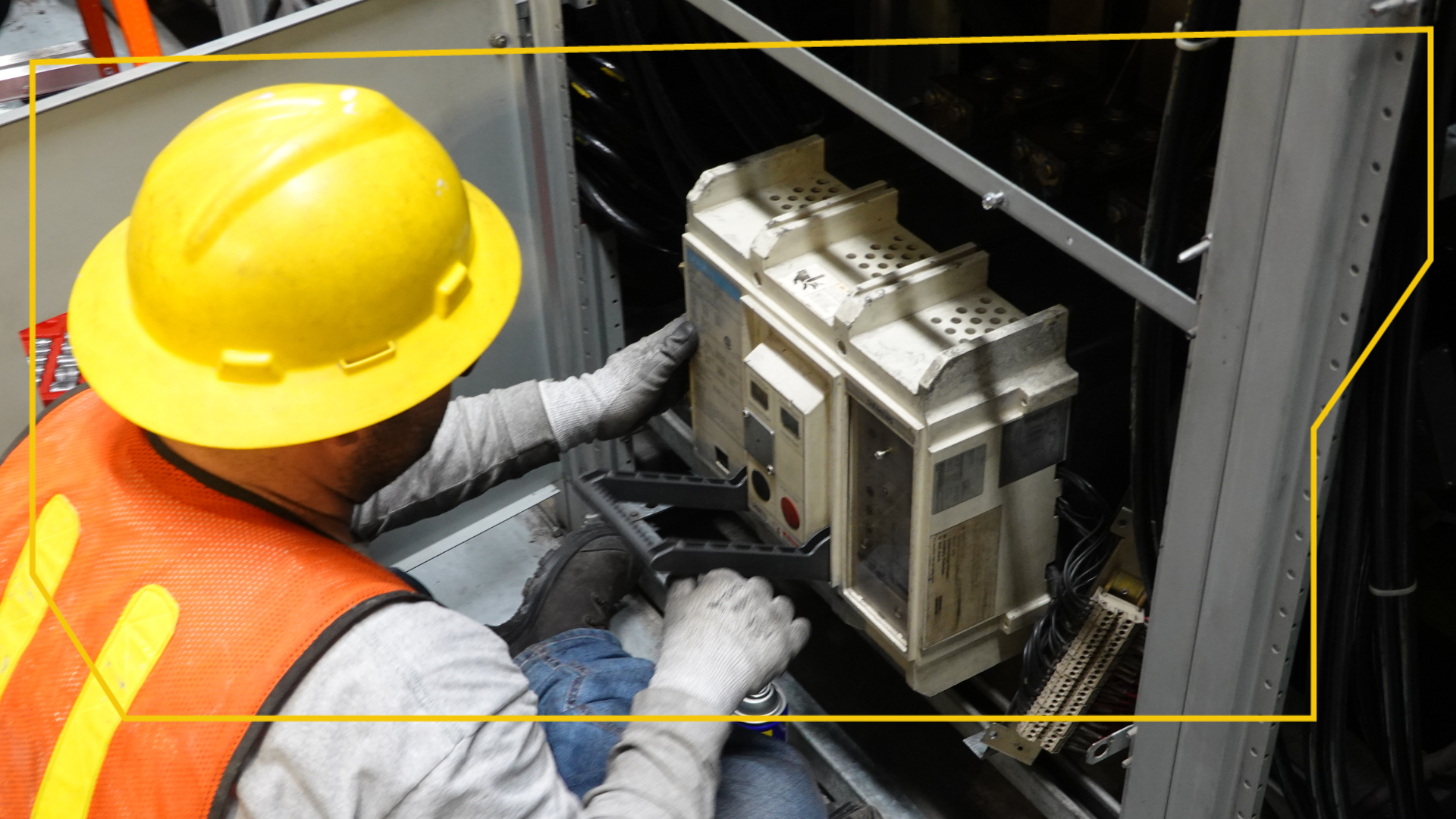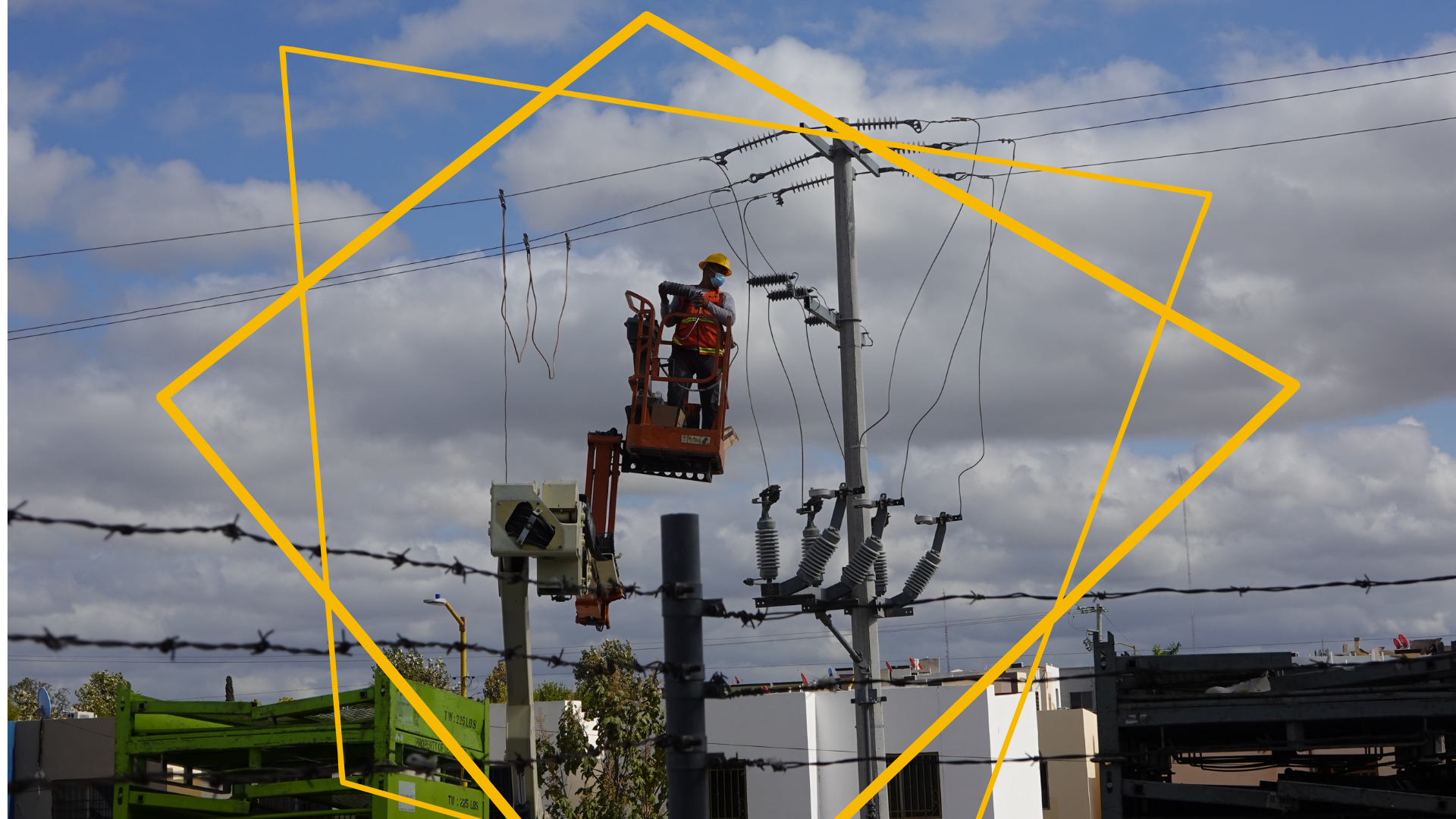Analysis and Reporting of Electrical Power Quality or Energy Demand.

What are these types of analysis for?
Power quality analysis allows measuring electrical variables such as voltage, current, real, reactive and apparent power, power factor, frequency, harmonics and events, which may be affecting the energy consumption of specific equipment in an industry.
The goal is to understand the behavior of electrical variables to diagnose problems, ensure compliance with standards, and optimize the performance of electrical systems.
Analysis and Reporting of Electrical Power Quality or Energy Demand.

Voltage and current imbalance
It refers to an inequality in the magnitudes of voltage or current between the phases of a three-phase system. It can cause overheating, efficiency losses and damage to motors and other electrical equipment.
Demand for power parameters (apparent, reactive, real, power factor)
Measures the energy consumption of an installation. It includes the apparent power (total power delivered), reactive power (energy stored and returned by inductive or capacitive systems), real power (effective energy used) and the power factor (indicator of efficiency in energy use).
Sources of harmonics
Distortions in the voltage or current waveform caused by non-linear loads such as variable speed drives, rectifiers, or electronic power supplies. They affect power quality and system efficiency.
Transients (sudden changes in network conditions)
Rapid, temporary changes in voltage or current levels, caused by events such as load disconnections, lightning, or system faults. They can damage sensitive electronic equipment.
Voltage fluctuations
Continuous or repeated changes in voltage levels, which can cause instability in electrical equipment and problems with the quality of the electrical supply.
Distortion in the waveform
It occurs when the current or voltage waveform deviates from its ideal sinusoidal form, usually due to harmonics. It can affect the stability and efficiency of electrical systems.
Frequency variations
Deviations from the nominal frequency (typically 50 or 60 Hz) in an electrical system, which can affect the performance of motors, generators, and other electrical devices connected to the grid.
Flickers, Sags, Swells, Dips
Flickers: Rapid, intermittent variations in voltage that cause lights to flicker.
Sags: Brief drops in voltage.
Swells: Temporary increases in voltage.
Dips: Voltage decreases below the nominal level for a short time.



